Filter by
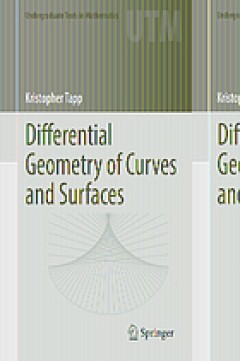
Differential Geometry of Curves and Surfaces
This is a textbook on differential geometry well-suited to a variety of courses on this topic. For readers seeking an elementary text, the prerequisites are minimal and include plenty of examples and intermediate steps within proofs, while providing an invitation to more excursive applications and advanced topics. For readers bound for graduate school in math or physics, this is a clear, concis…
- Edition
- -
- ISBN/ISSN
- 9783319397993
- Collation
- viii, 366 pages
- Series Title
- -
- Call Number
- 512.75

An Algebraic Geometric Approach to Separation of Variables
Konrad Schöbel aims to lay the foundations for a consequent algebraic geometric treatment of variable Separation, which is one of the oldest and most powerful methods to construct exact solutions for the fundamental equations in classical and quantum physics. The present work reveals a surprising algebraic geometric structure behind the famous list of separation coordinates, bringing together …
- Edition
- Ed. 1
- ISBN/ISSN
- 978-3-658-11408-4
- Collation
- XII, 138
- Series Title
- -
- Call Number
- 516 SCH a
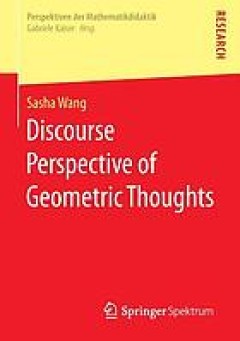
Discourse perspective of geometric thoughts
Sasha Wang revisits the van Hiele model of geometric thinking with Sfard's discursive framework to investigate geometric thinking from a discourse perspective. The author focuses on describing and analyzing pre-service teachers' geometric discourse across different van Hiele levels. The explanatory power of Sfard's framework provides a rich description of how pre-service teachers think in the c…
- Edition
- -
- ISBN/ISSN
- 9783658128050
- Collation
- xxiii, 232 pages
- Series Title
- -
- Call Number
- 516

L² Approaches in Several Complex Variables: Development of Oka–Cartan Theo…
The purpose of this monograph is to present the current status of a rapidly developing part of several complex variables, motivated by the applicability of effective results to algebraic geometry and differential geometry. Highlighted are the new precise results on the L² extension of holomorphic functions. In Chapter 1, the classical questions of several complex variables motivating the de…
- Edition
- -
- ISBN/ISSN
- 978-4-431-55747-0
- Collation
- -
- Series Title
- -
- Call Number
- -

Families of Automorphic Forms and the Trace Formula
Featuring the work of twenty-three internationally-recognized experts, this volume explores the trace formula, spectra of locally symmetric spaces, p-adic families, and other recent techniques from harmonic analysis and representation theory. Each peer-reviewed submission in this volume, based on the Simons Foundation symposium on families of automorphic forms and the trace formula held i…
- Edition
- -
- ISBN/ISSN
- 978-3-319-41424-9
- Collation
- XII, 578
- Series Title
- -
- Call Number
- -

University of Toronto Mathematics Competition (2001–2015)
This text records the problems given for the first 15 annual undergraduate mathematics competitions, held in March each year since 2001 at the University of Toronto. Problems cover areas of single-variable differential and integral calculus, linear algebra, advanced algebra, analytic geometry, combinatorics, basic group theory, and number theory. The problems of the competitions are given in ch…
- Edition
- -
- ISBN/ISSN
- 978-3-319-28106-3
- Collation
- VIII, 207
- Series Title
- -
- Call Number
- -
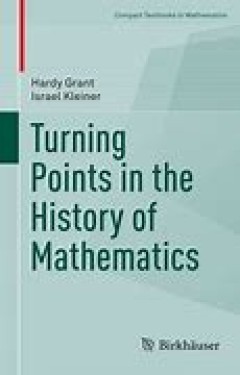
Turning Points in the History of Mathematics
This book explores some of the major turning points in the history of mathematics, ranging from ancient Greece to the present, demonstrating the drama that has often been a part of its evolution. Studying these breakthroughs, transitions, and revolutions, their stumbling-blocks and their triumphs, can help illuminate the importance of the history of mathematics for its teaching, learning, and …
- Edition
- -
- ISBN/ISSN
- 978-1-4939-3264-1
- Collation
- 38 b/w illustrations, 13 illustrations in colour
- Series Title
- -
- Call Number
- -
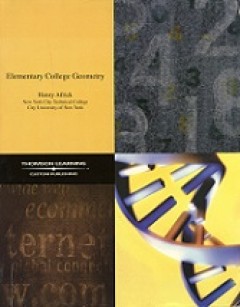
Elementary College Geometry
This text is intended for a brief introductory course in plane geometry. It covers the topics from elementary geometry that are most likely to be required for more advanced mathematics courses. The only prerequisite is a semester of algebra. The emphasis is on applying basic geometric principles to the numerical solution of problems. For this purpose the number of theorems and definitions is…
- Edition
- -
- ISBN/ISSN
- -
- Collation
- -
- Series Title
- -
- Call Number
- 516 AFR e
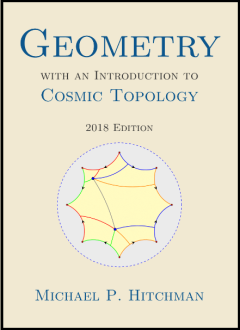
Geometry with an Introduction to Cosmic Topology
Motivated by questions in cosmology, the open-content text Geometry with an Introduction to Cosmic Topology uses Mobius transformations to develop hyperbolic, elliptic, and Euclidean geometry - three possibilities for the global geometry of the universe. The text, written for students who have taken vector calculus, also explores the interplay between the shape of a space and the type of geo…
- Edition
- -
- ISBN/ISSN
- -
- Collation
- -
- Series Title
- -
- Call Number
- 516 HIT g
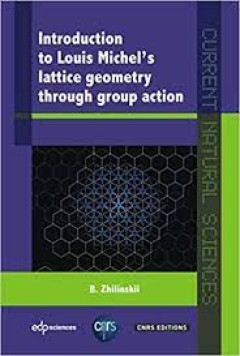
Introduction to Louis Michel’s lattice geometry through group action
This chapter describes the outline of the book and explains the interrelations between different chapters and appendices. The specificity of this book is an intensive use of group action ideas and terminology when discussing physical and mathematical models of lattices. Another important aspect is the discussion and comparison of various approaches to the characterization of lattices. Along wit…
- Edition
- -
- ISBN/ISSN
- 9782759819522
- Collation
- -
- Series Title
- -
- Call Number
- 516 ZHI i
 Computer Science, Information & General Works
Computer Science, Information & General Works  Philosophy & Psychology
Philosophy & Psychology  Religion
Religion  Social Sciences
Social Sciences  Language
Language  Pure Science
Pure Science  Applied Sciences
Applied Sciences  Art & Recreation
Art & Recreation  Literature
Literature  History & Geography
History & Geography